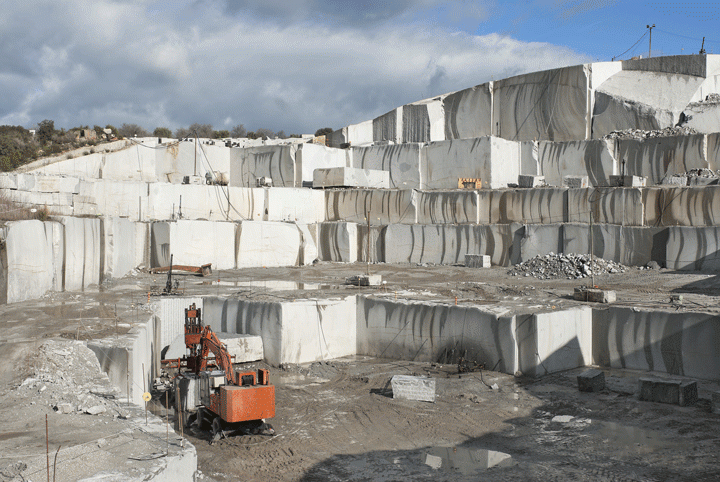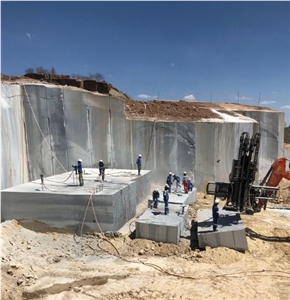A Journey With Granite Quarries in South Africa: Introduction Nature's Virtuosity
A Journey With Granite Quarries in South Africa: Introduction Nature's Virtuosity
Blog Article
Uncovering the Rich History and Sustainable Practices of Granite Quarrying
As we depend on the precipice of revealing the detailed tapestry of granite quarrying, a trip via time exposes not simply the physical act of extracting rock yet likewise the cultural and historical importance woven right into the extremely fabric of this method. From the old origins that laid the structure for contemporary quarrying methods to the sustainable methods that are forming the future of this sector, each chisel mark on granite surface areas narrates waiting to be uncovered (granite quarries in south africa). The heritage of granite quarrying extends much beyond simple extraction; it is a testimony to human resourcefulness, durability, and the long-lasting allure of this impressive stone
Ancient Beginnings of Granite Quarrying
Going back to old worlds, the technique of quarrying granite has been an essential part of human background and building improvement. The earliest proof of granite quarrying go back to ancient Egypt, where substantial pyramids and complex sculptures were crafted from this durable rock. The Egyptians made use of primitive devices to remove granite blocks from quarries, showcasing the significance of this material in their monumental constructions.
Progressing in history, the Greeks also made considerable payments to the quarrying of granite. The Greeks used granite in numerous architectural marvels, such as holy places and sculptures, showing their skill in shaping and sculpting this sturdy rock. The Romans better fine-tuned the methods of quarrying granite, utilizing advanced tools like chisels and hammers to remove and form granite for their legendary frameworks.
With the centuries, the practice of quarrying granite has advanced, with contemporary innovations improving performance while maintaining the timeless appeal of this natural rock - granite quarries in south africa. From ancient worlds to contemporary contractors, the legacy of granite quarrying continues to shape our world
Evolution of Quarrying Strategies
The advancement of quarrying strategies has actually been marked by a continuous development towards higher performance and precision in removing granite. Early quarrying methods entailed hands-on labor with standard tools such as blades, hammers, and wedges to draw out granite blocks from the planet.
In even more recent times, the arrival of equipment changed the quarrying industry, enabling much faster removal rates and increased performance. Technologies such as diamond wire saws, high-pressure water jets, and pneumatic drills have come to be basic in contemporary quarries, permitting precise cutting and decreased waste. Advancements in computer-controlled devices and 3D modeling have actually optimized quarrying operations, leading to marginal ecological influence and enhanced sustainability techniques. As the demand for granite continues to increase, the development of quarrying techniques remains integral to conference industry needs effectively and sustainably.
Cultural Significance of Granite
Granite holds a profound social significance across various worlds as a result of its enduring visibility in building masterpieces and respected monuments. From the marvelous pyramids of Egypt to the elaborate makings of the Angkor Wat temple in Cambodia, granite has been a product of option for revealing majesty and durability in cultural heritage. In old Rome, granite columns adorned temples and public buildings, symbolizing stamina and durability. The social relevance of granite prolongs past its physical characteristics; it symbolizes resilience, stability, and timelessness, making it a symbol of enduring traditions and practices.

Sustainable Practices in Quarrying
In the middle of the rich history of granite quarrying and its cultural relevance lies a growing emphasis on lasting methods within the market. As environmental awareness and issues regarding source depletion have heightened worldwide, the quarrying sector has actually significantly embraced lasting approaches to reduce its influence on the basics atmosphere and surrounding areas.

Moreover, recovery and rehab of quarry websites post-extraction are integral to sustainable practices. By restoring quarried areas to a natural or helpful state, such as producing wild animals environments or recreational rooms, quarriers can offset the ecological footprint of their procedures and contribute favorably to the regional ecosystem.
Tradition of Granite Quarrying
With a historic backdrop soaked in workmanship and industrial progression, what withstanding effect has granite quarrying left on the landscape of modern culture? The this link heritage of granite quarrying goes beyond mere extraction techniques; it has actually formed architectural marvels, city landscapes, and cultural heritage worldwide. The resilient nature of granite has actually made it a preferred option for monoliths, buildings, and facilities, standing as a testimony to the skill and virtuosity of quarry workers across generations.
Additionally, the economic impact of granite quarrying can not be overlooked. The market remains to provide employment possibility and drive regional economies in regions where granite extraction is widespread. It has likewise stimulated technical innovations in quarrying methods and devices, resulting in more effective and lasting practices.
In terms of sustainability, the tradition of granite quarrying consists of initiatives to alleviate ecological influences through improvement projects and accountable resource monitoring. By stabilizing economic interests with ecological stewardship, the industry strives to make sure that future generations can continue to profit from this long-lasting natural deposit.
Conclusion

Report this page